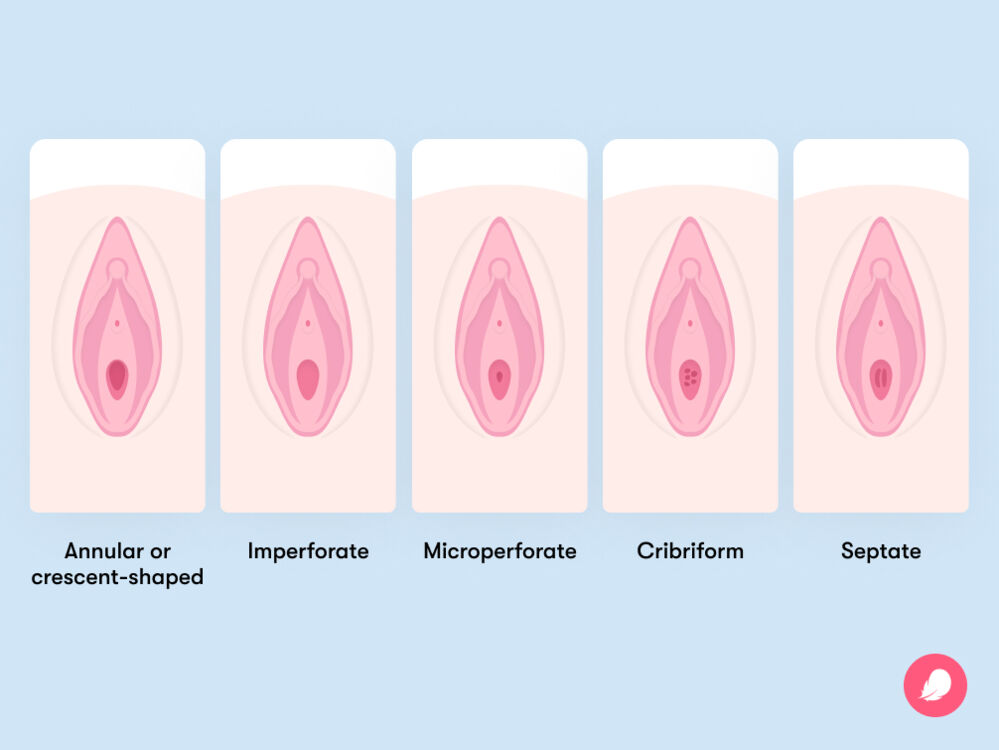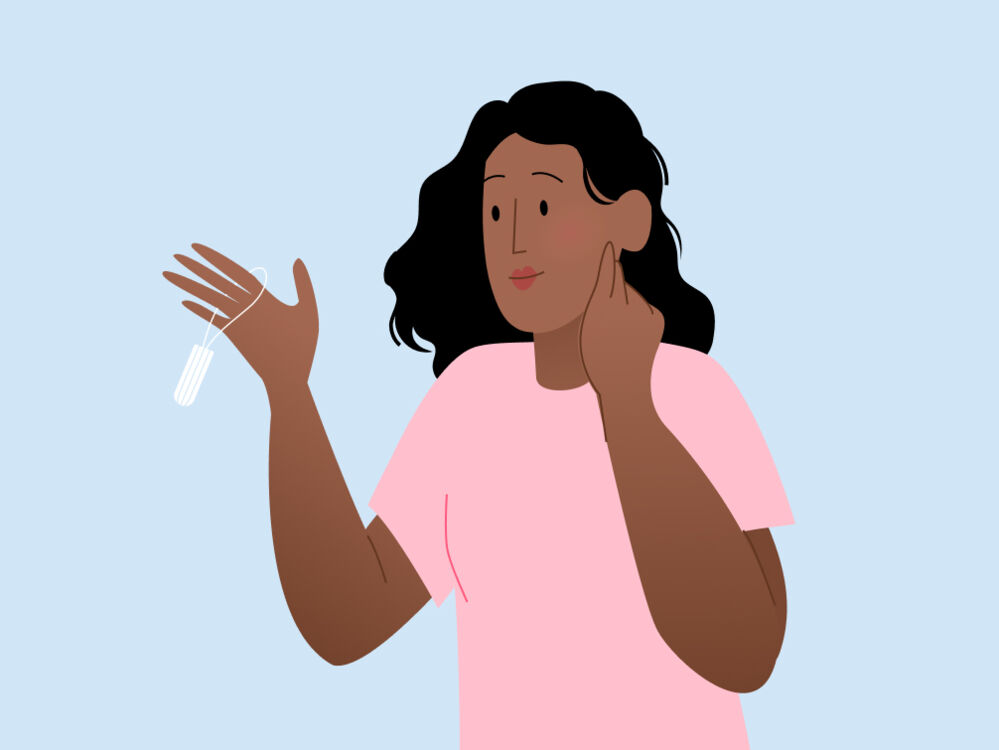You might have heard your friends whisper about about “popping your cherry” at the back of the classroom during sex education classes. And for many of us, that’s pretty much our only introduction to the idea of a hymen. But if you’re not totally sure what your hymen looks like or what it actually does, then you’re not the only one.
Despite the fact that your hymen is small, its reputation is mighty. Lots of myths have been attached to the thin layer of tissue found at the opening of your vagina. One of the biggest misunderstandings is that your hymen will only “break” the first time you have sex. In fact, it could tear a long time before that, but more on that later.
To bust these misconceptions once and for all, two Flo medical experts explain what a hymen is, where you can find it, and why it might change as you get older.
What is a hymen?
Put simply, the hymen is a thin piece of fleshy, elastic tissue shaped like an O around the opening of the vagina (your vagina is the internal muscular tube that connects your vulva to your cervix). “[It] looks almost like a thin ring of tissue surrounding the vaginal opening,” Dr. Sara Twogood, obstetrician and gynecologist, Los Angeles, US, explains. “It can be irregular in shape and size — so it’s not a perfect circle.”
The term “popping your cherry” suggests that the hymen fully covers your vaginal opening before being broken, but that isn’t the case for most of us. It’s actually incredibly rare to be born with a hymen that doesn’t have an opening.
Even if you’ve taken a moment with a mirror to get familiar with what your vulva and vaginal passage look like, you still might not have seen your hymen. If you’d like to know more about how your body changes during puberty and what the real names for your anatomy are, then apps like Flo can be a great help.



